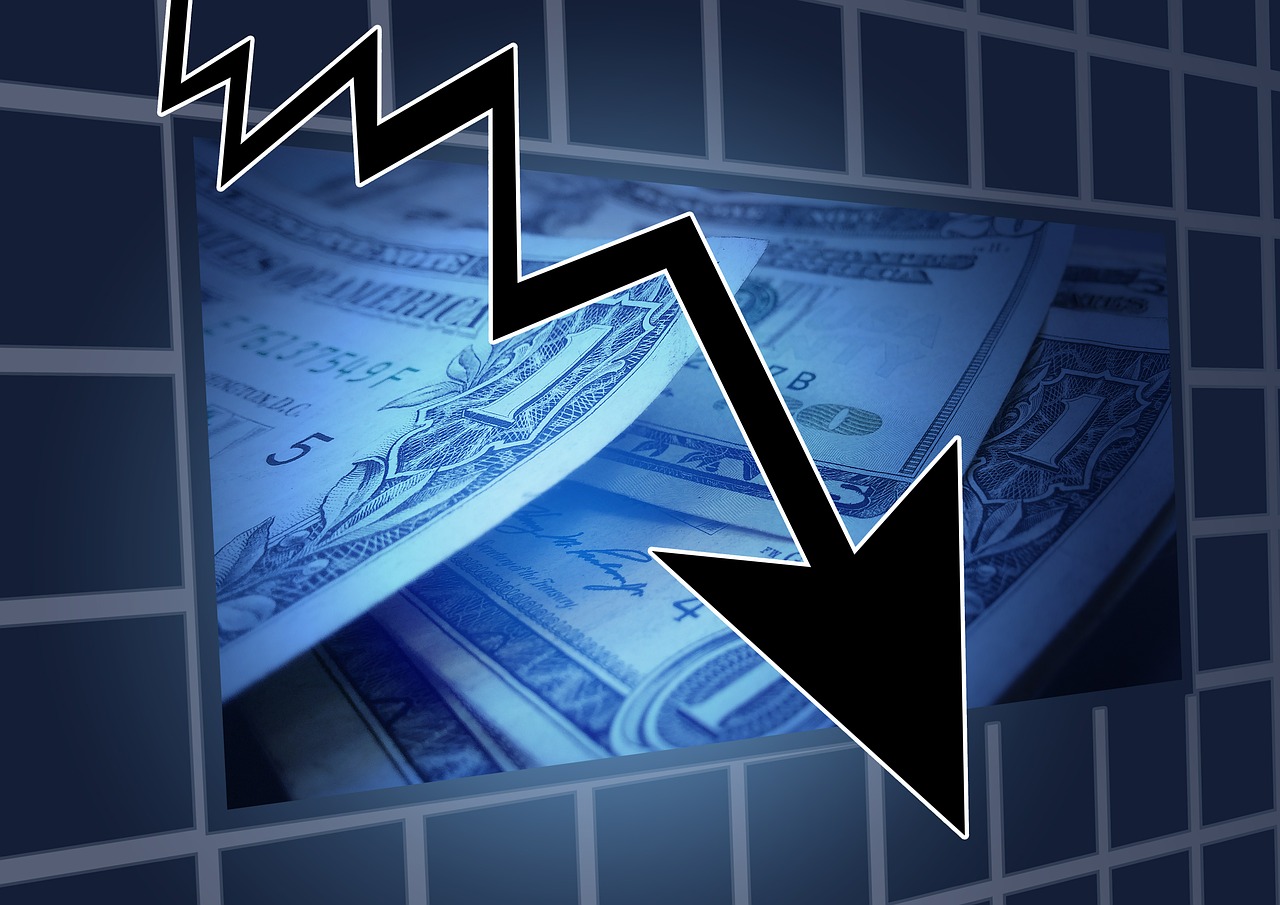
Most of the agencies have lowered their forecasts for India’s gross domestic product (GDP) growth in 2017-18. The main reasons cited for the above include demonetisation impact on both demand and supply, goods and service tax (GST) introduction affecting the smaller firms on the supply side, subdued private investment in the economy, the slowdown in consumption spending, twin balance sheet problem (bad loan ridden banks and stressed corporates). The Asian Development Bank has revised India’s growth projection from as high as 7.4% to 6.7% for the current financial year. The Reserve Bank of India has also lowered its forecast to 6.7% from 7.3%.
While no one doubts the temporary economic slowdown, the recent outcry by some who virtually predicted doomsday for the Indian economy, was exaggerated. They have overlooked the positive side. By the way, even if 6.7% GDP growth in India materializes, it will still be one of the highest growth rate among the major economies of the world. Many analysts believe that due to lower prices and higher wages, consumption is expected to pick up in October-March of this year. Economic reforms have been hailed to have a positive impact on the economy and the GST promises unification of India’s vast domestic market and is among several key structural reforms under implementation that are expected to help push growth above 8% in the medium term.
In the past one year, India’s structural reforms, including demonetisation, GST and RERA (the Real Estate Regulation and Development Act), have impacted the Indian economy and the banking sector. Banking sector, which is the key driver of the Indian economy, is currently going through challenging times due to low credit growth, deterioration in asset quality and low profitability.
So, measuring the quantitative impact of structural reforms is always difficult to assess considering its relevance to short-term economic and fiscal costs. Studies suggest that structural reforms increases the efficiency and competitiveness of the economy, with beneficial effects for long-term fiscal sustainability. Usually, the short-term positive effects of some reforms are stronger during good economic times and weaker during bad times (exactly the case with the Indian growth story now).
The people, especially the critics, need to have a little patience as experience of developed countries suggest that the actual benefits on growth, unemployment and consumption begins to manifest after a couple of years. In essence, pain in the short-term and gain in the long-term.
Again, some of the negative impact factors highlighted above should be overcome by the end of this year. There could be a tendency for the growth number to be better finally as data revisions in the past do reveal that the growth numbers are changed in the upward direction up to 50 basis points which may be possible this time too. With enough experimentation midway into his five year mandate, Prime Minister Narendra Modi should reap the dividends from next year onwards. Some bureaucrats admit that the current prime minister is hands-on on every issue and far-better than
even his economist predecessor. So, Modi should desist from giving any further
surpises/experimentation to the people and industry. Ends